Solmax geosynthetics sdn bhd — Industry Knowledge Q&A for Modern Geosynthetics
Geosynthetics enhance modern infrastructure with durability and performance, and companies like Solmax play a key role.
Tel: +86-411-39569550 | E-mail: info@geofantex.com/geofantex@gmail.com

Geosynthetics enhance modern infrastructure with durability and performance, and companies like Solmax play a key role.
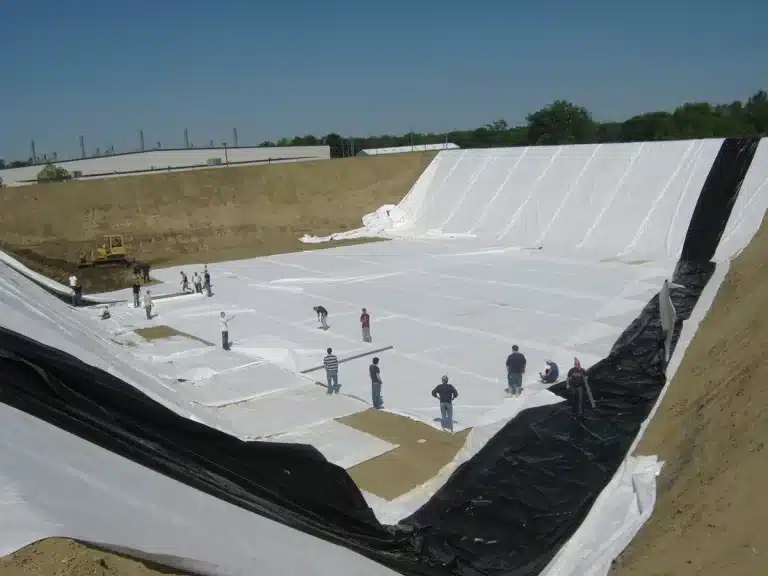
Geosynthetics support modern infrastructure growth with strong performance and durability, and companies like Rowad.
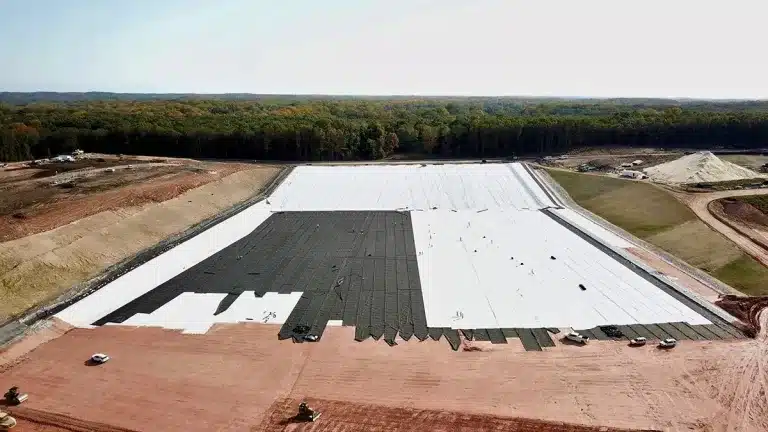
Non woven geotextile fabric improves stability, drainage, and long-term durability in road, coastal, and landfill engineering applications.
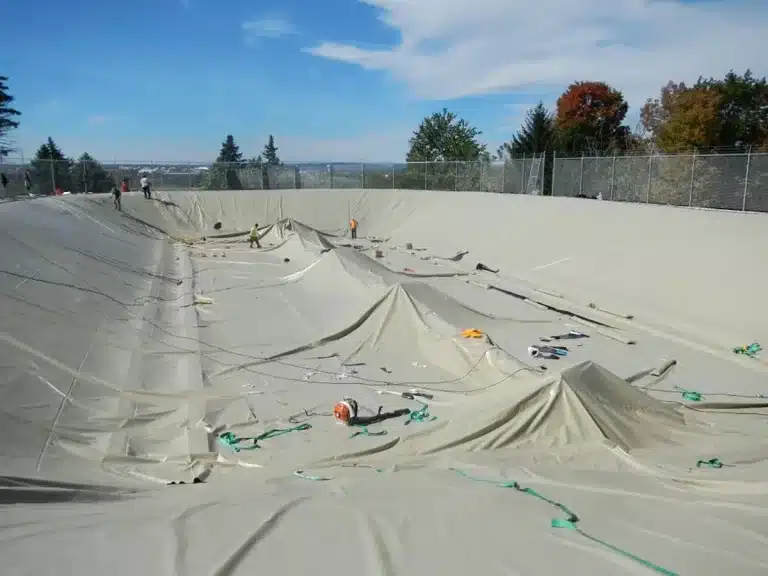
Geotextile fabric delivers proven results in road, coastal, and landfill projects by improving stability, drainage, and long-term durability.
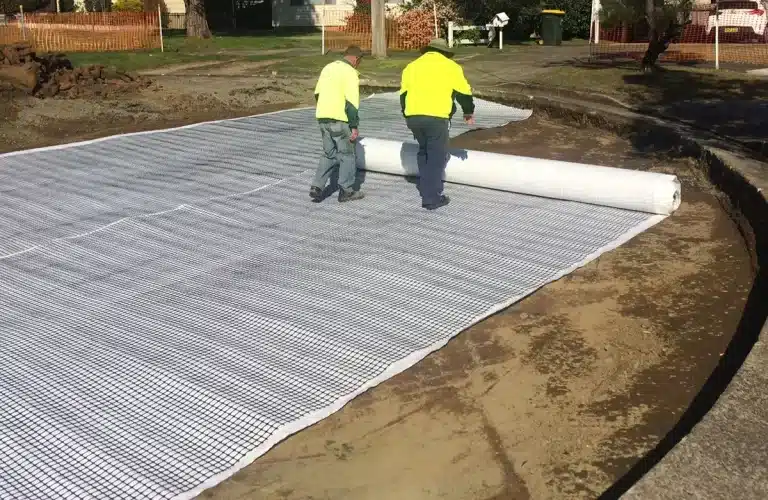
Boost project efficiency with durable geocomposite drainage board systems for highways, landfills, and green roofs.
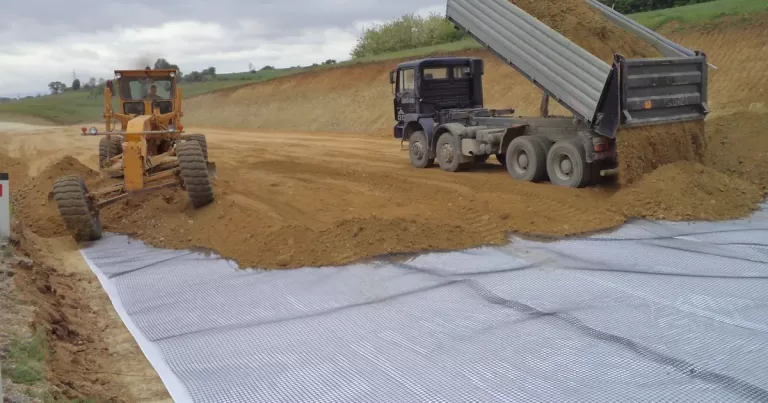
Boost project efficiency with durable geocomposite drain systems for highways, landfills, and green roofs.
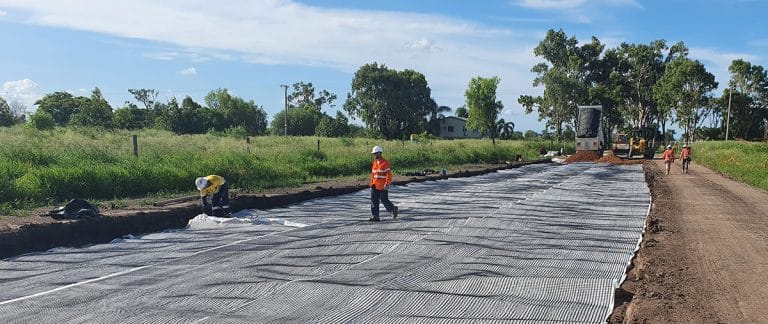
Discover key geonet properties for reliable drainage in landfills, walls and tunnels. Get durable HDPE geonets from Geofantex .
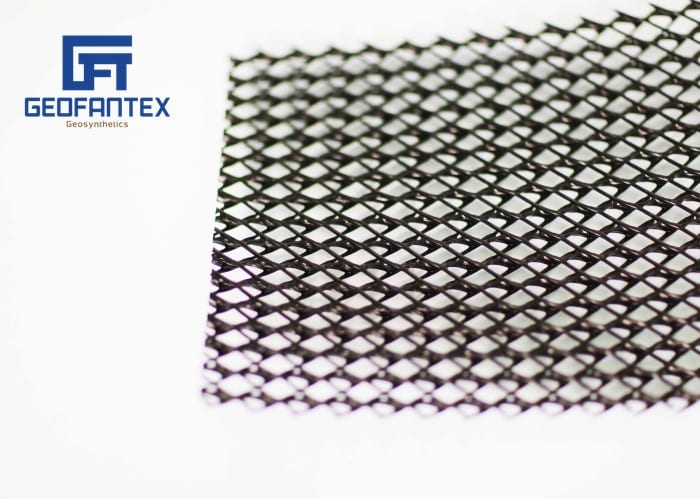
Geonets provide efficient drainage for retaining walls, landfills and road bases. Get high-quality HDPE geonets from Geofantex.
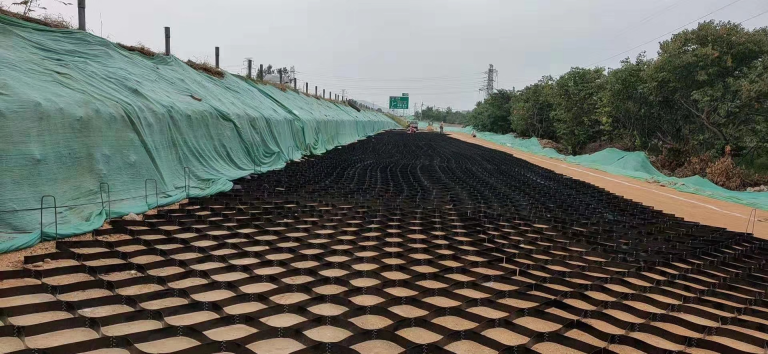
Reliable geocell internet paketebi solutions improve soil strength, reduce erosion, and support cost-effective geotechnical construction .
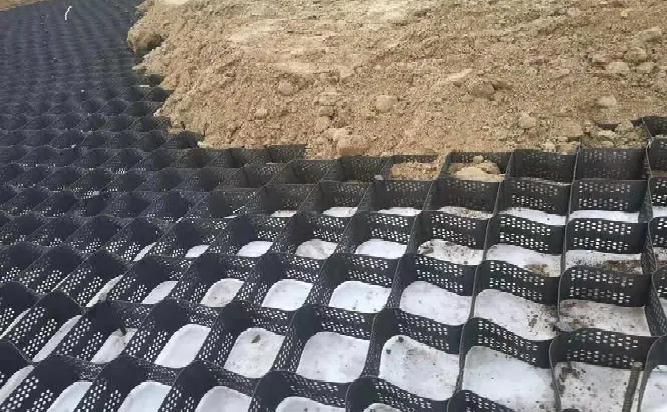
A geocell ground grid stabilizes weak soils, prevents erosion, and supports heavy loads for durable infrastructure projects.
End of content
End of content
WhatsApp us